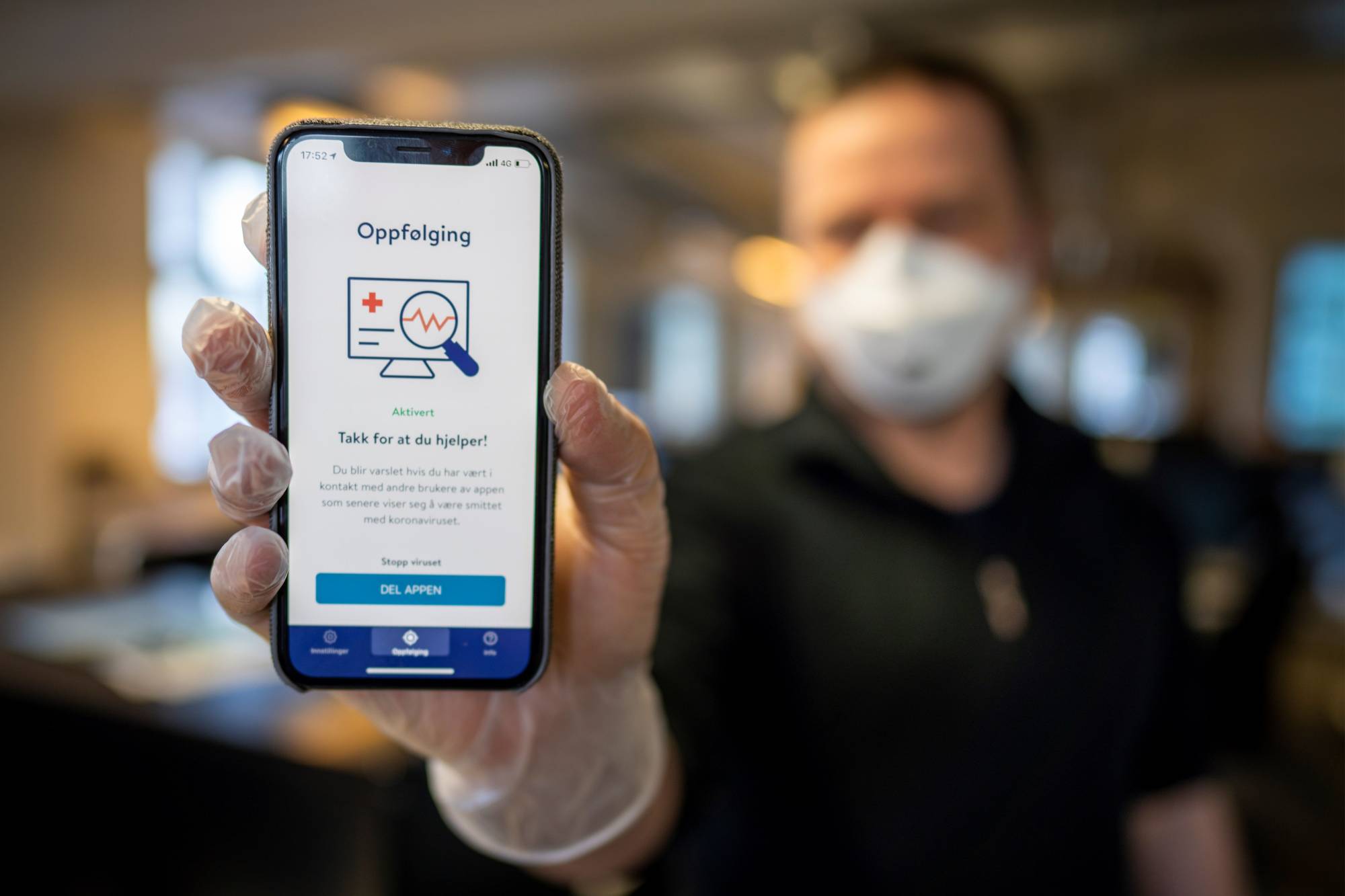How, precisely, will we end the period of confinement that has stifled entire economies and left more than 1 billion people sheltering in place? Some have suggested a selective approach, whereby younger, less vulnerable cohorts would be ushered back to work before others. But dire warnings from epidemiologists about the inevitable health consequences have since eroded support for this strategy in most quarters.
Now, the only generally accepted solution is a gradual relaxation of restrictions, enabled by mass-scale testing, tracking and contact tracing to identify all those with whom an infected person has interacted. And, because it is not feasible to test 100 percent of the population, the ultimate solution lies in making track-and-trace systems work.
The only realistic way to track and trace at the necessary scale is to use the geolocational data provided by cellphones. In this approach, a “contact” occurs whenever two people’s devices — namely, their Bluetooth signals — come into close proximity for a certain period of time. Several systems for identifying such interactions have already been proposed or even deployed. Singapore has relied on its TraceTogether initiative, Google and Apple recently joined forces to design a voluntary contact-tracing app, and a broad consortium in Europe has launched the Pan-European Privacy Preserving Proximity Tracing (PEPP-PT) project.



















With your current subscription plan you can comment on stories. However, before writing your first comment, please create a display name in the Profile section of your subscriber account page.